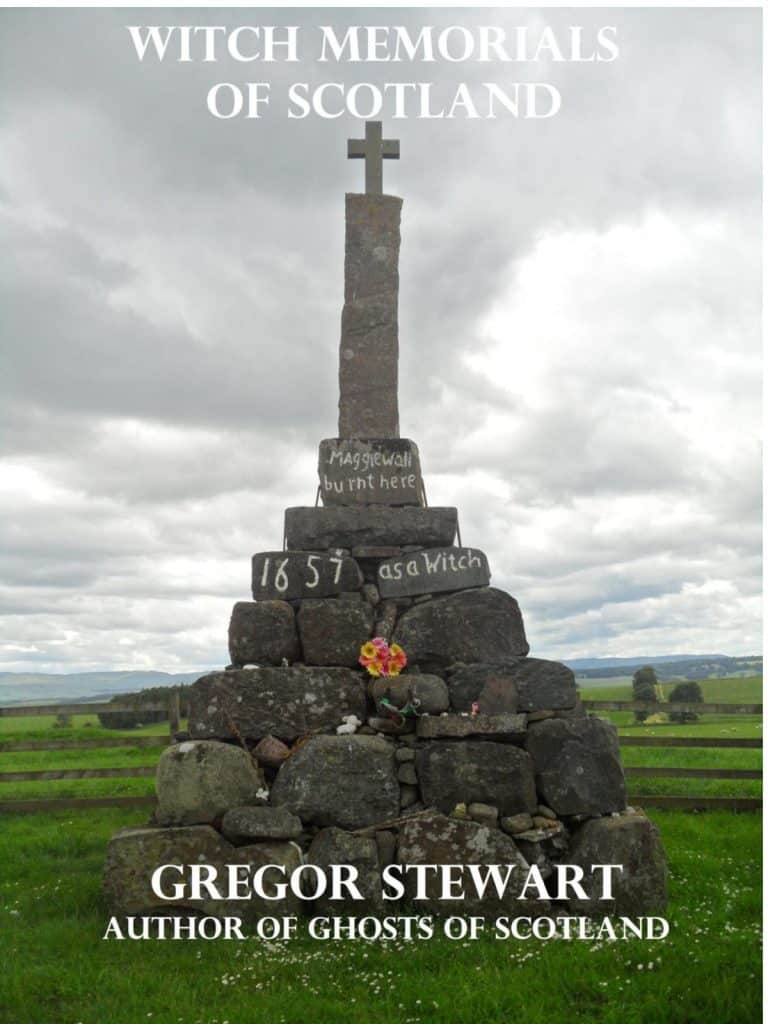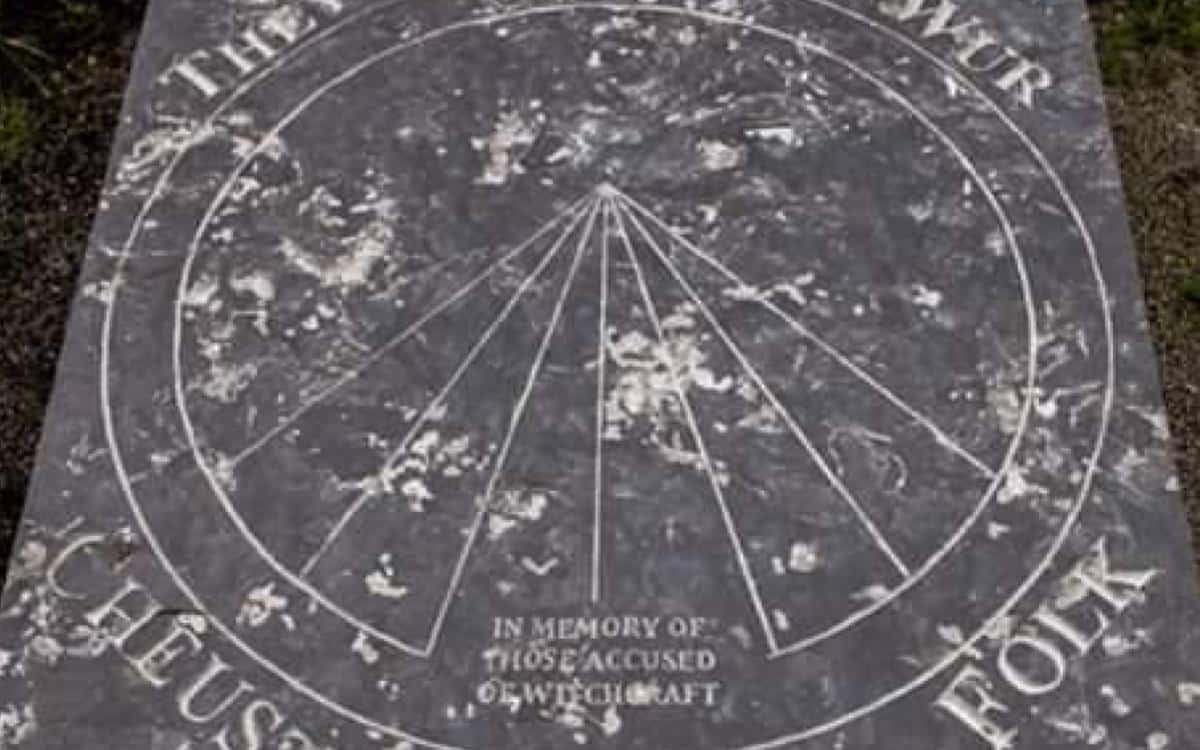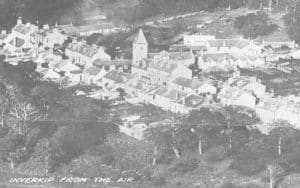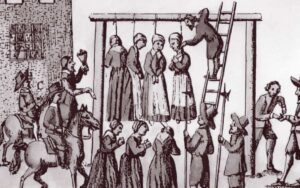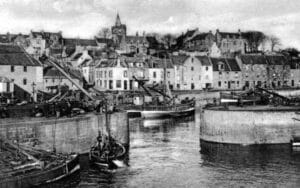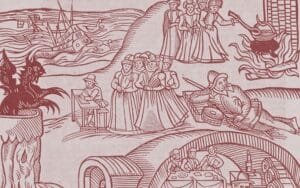The current mood in Scotland is that those executed as accused witches should be commemorated in a national witch memorial monument. However, in different parts of the country, communities already make the effort in remembering locals who perished as a result of the witch trials. Gregor Stewart, of Scottish Paranormal, has examined these extensively in his latest book for Beul Aithris Publishing, Witch Memorials of Scotland, which also provides a poignant history of those who were killed unfairly.
The fear of witchcraft arrived on the island of Orkney at the same time and under similar suspicions to the North Berwick trials.
In 1594, Patrick Stewart succeeded his father, Robert, as the Earl of Orkney, and soon after found poison in the pockets of one of his brother John’s servants. Fearing that there was a plot to kill him, he ordered that both his brother and his servant, Thomas Paplay, be tried for attempted murder. Patrick was the cousin of King James VI and as children, they had been close, and it seems he followed the actions of the King in the Berwick Witch trials, and opted to obtain a confession by torture, on the basis witchcraft was a plausible explanation for the attempt on his life.
Paplay suffered horrifically, undergoing the agony of a device known as the Cashiclaws, an iron frame that fitted around the legs and was slowly heated until the metal burned into the skin. He also endured having his feet crushed in the ‘booties’ and being flogged with rope, ripping off his skin. Eventually, he confessed and named Alison Balfour, a local lady described as a notorious witch, as his accomplice. Thomas was sentenced to be burned at the stake and, despite withdrawing his confession a short time before his execution, Alison was arrested and taken in for interrogation.
By all accounts, Alison was a remarkably strong woman, undergoing the same treatment as Thomas, yet refusing to admit to crimes she did not commit. Determined to get a confession, her family consisting of her elderly husband, son and young daughter were arrested and also underwent torture while she was forced to watch. Her husband had what was said to be a 50 stone weight placed on his chest to slowly crush him, while her son had his feet crushed in the booties, suffering a total of 57 strikes of the mallet driving stakes into the device, however, it was her daughter suffering the agony of the piniwinkies, a form of thumb screw, that finally broke her and she too confessed to plotting to kill the Earl.
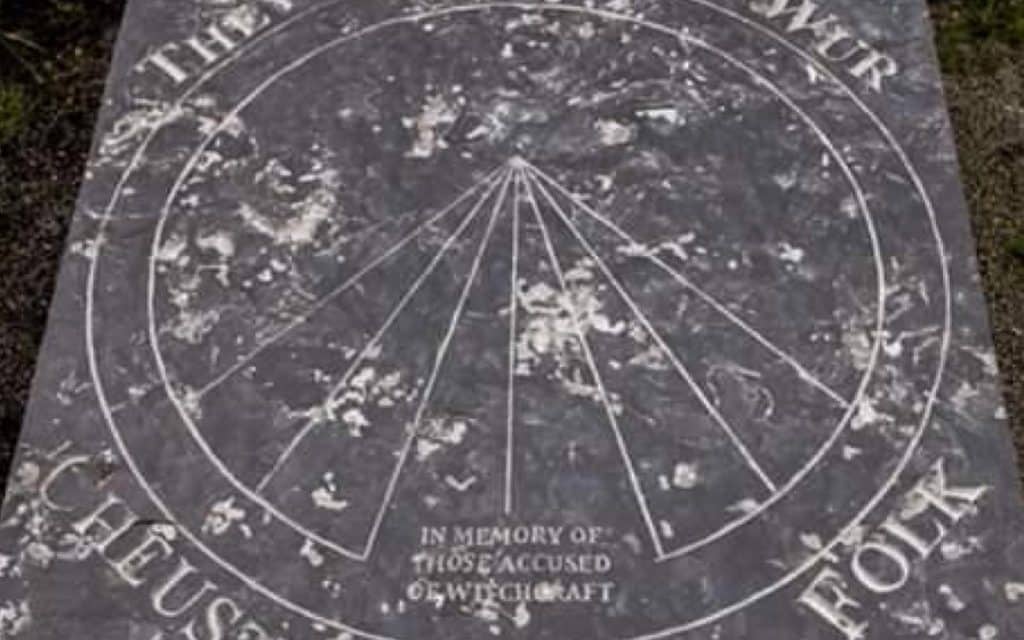
As with Thomas, she was sentenced to death by burning, and she too withdrew her confession moments before, describing the torture that she and her family had suffered, yet the execution went ahead, with Alison being the first of many who would be accused of and executed for witchcraft. John Stewart himself was later accused of consulting with a witch, an act that under the 1563 Witchcraft Act was punishable by death, yet no doubt due to his status, he was acquitted. The evidence he had presented blaming Alison was also thrown out due to it being obtained under torture, yet it was sadly too late for her.
Other notable trials in Orkney include that of Elspeth Reoch and Janet Forsyth. Elspeth faced trial in 1616, after suspicion fell on her for picking herbs. Not a great crime by today’s standards, but enough to draw the attention of the authorities in the 17th century. It was, however, Elspeth being overheard muttering a few words every time she knelt down to pick the plants that raised the most concern to the locals, as Elspeth was known to be mute.
Once she was taken in for questioning, her story came out. Elspeth had been born in Caithness, on the northeast tip of mainland Scotland, before travelling to the Islands. It seems for much of her life she had been a bit of a drifter, preferring her own company to that of her family. She fell pregnant to an unknown man and it was after the birth of her first child that she lost her speech. By this time, it seems her parents had already passed as her brother is described as being the most senior member of the family while on Orkney.
His treatment of her to try to make her speak again was both cruel and perhaps a sign of what was to come as, very similar to a method to torture an accused witch, he resorted to first beating her before starting to secure a fine rope tightly around her head, which would cause excruciating pain. Why he went to this effort to make her speak is unknown. Perhaps he was trying to make her reveal the identity of the baby’s father, yet Janet withstood all of the punishment he could deliver, and remained silent. Running out of options, he started to take her to church to pray for her speech to come back, but this too failed and eventually Elspeth returned to her days of wandering from town to town.
By the time of her arrest, Elspeth had a second child, again with the father being unknown. That would be enough to make her stand out from the crowd, and when adding her roaming lifestyle, fondness for picking herbs and being unable to speak yet being overheard muttering a few words when picking her herbs, it was pretty much inevitable that she would find herself with an accusation of witchcraft hanging over her.
In her confession, Elspeth is said to have claimed that she had been involved with the Faeries since the age of 12. It is important to remember that in Scottish folklore, Faeries are not the friendly, winged variety popular today, but were mischievous spirits, said to be too good to go to Hell, but too evil to go to Heaven, and so remained earthbound. They are also said to have held all the understanding of herbal remedies, and it was they that Elspeth claimed taught her how to treat ailments, with instructions to always kneel on her right knee before picking the herb between her thumb and middle finger, while reciting the charm for the magic she sought, such as to cure a disease.
Despite claiming to have no speech, it was said Elspeth made a living from using her ability of Second Sight to foretell the future, an ability also given to her by the Faerie Folks. She is claimed to have said that while visiting a loch one day, two men appeared to her, one wearing green tartan with the other dressed totally in black. They taught her how to use Second Sight by roasting an egg, washing her hands in the steam that came from it, before rubbing her eyes with her hands. Two years later, while she was aiding in the delivery of a baby, the man dressed in black re-appeared to her, and it was he who was the father of her second baby and who was responsible for taking her speech, which she had traded for the power of Second Sight. The courts ruled that this man wearing black was, in fact, the Devil and the other man had been a Faerie. She was found guilty of using Second Sight and herbal remedies and, on 2nd March 1616, poor Elspeth was first strangled to death, before her body was burned on a fire.
Another noteworthy tale from Orkney is that of the Westray Storm Witch, Janet Forsyth. Janet lived on the island of Westray, one of the smallest inhabited islands in the Orkney Isles. Suspicion first fell on Janet when she had an unusual dream, in which she saw her boyfriend, Ben Garrioch, drown at sea. Knowing he was due to go on a fishing trip the following day, she rushed to beg him not to go, but he just laughed her warning off. Later that day the island was shrouded in a thick fog, and the boat carrying Ben and the other men never returned.
Janet was heartbroken, her grief no doubt compounded by the fact that she had not been able to persuade Ben not to go, and as a result, she became reclusive. However, the loss of several young men in a small island community had dire effects, and with Janet’s warnings being overheard by others who were now looking for someone to blame for the tragedy, it wasn’t long before they were re-interpreted as a threat made to the fishermen, and rumours started that Janet had created the weather conditions that resulted in the loss of the boat and crew.
Janet’s self-imposed isolation only served to aid the local gossip and she found herself being blamed every time a storm hit the island. On one occasion, a ship was spotted in trouble just off the coast during a storm. Janet begged the watching townsfolk to help, but she was ignored, partly through fear and partly through ignorance. So Janet decided to take the matter into her own hands, and took her own small boat out on the stormy seas and managed to guide the ship to the safety of a sheltered bay.
Any hopes she had that such an act of bravery may change the local opinion on her were soon dashed, and the islanders decided that it would be impossible for a woman to face such a severe storm and survive, and so the only way she could have achieved what she had, was through the use of witchcraft.
Janet was taken to Kirkwall on the mainland of Orkney to face trial for witchcraft, and it was there in the principal town of the island network that she once again set eyes upon Ben Garrioch. It transpired that he and his fellow fishermen had not been lost at sea as feared, but instead had been press-ganged into joining the Navy. She was imprisoned at St Magnus Cathedral, but the following morning her cell was found to be empty, with it being suspected that Garrioch had aided her escape.
She did, however, end up back on Westray, and it didn’t take long for the authorities to once again catch up with her. She was accused, amongst other things, of causing illness in some cattle by taking drops of their blood and putting it into a fire on Halloween, and also of causing a crop of barley in a field owned by Robert Reid and another owned by Michael Reid (probably brothers) to fail, and for several years she would either allow the crop to grow to harvert or fail entirely, depending on her mood towards the men. On 11th November 1629, Janet was executed in the traditional style of being strangled at the stake, with her body then being burned.
In total, it is thought at least 19 women and one man were accused of witchcraft in Orkney, and on 9th March 2019, a monument to them was unveiled in Kirkwall at Gallow Ha’, the place where the victims lost their lives.
